-
 Bitcoin
Bitcoin $117400
1.88% -
 Ethereum
Ethereum $3867
5.29% -
 XRP
XRP $3.081
2.58% -
 Tether USDt
Tether USDt $1.000
0.03% -
 BNB
BNB $779.7
0.92% -
 Solana
Solana $171.8
2.11% -
 USDC
USDC $0.9999
0.01% -
 Dogecoin
Dogecoin $0.2172
5.80% -
 TRON
TRON $0.3413
1.41% -
 Cardano
Cardano $0.7641
3.06% -
 Hyperliquid
Hyperliquid $39.69
3.62% -
 Sui
Sui $3.731
6.73% -
 Stellar
Stellar $0.4125
3.55% -
 Chainlink
Chainlink $18.23
8.86% -
 Bitcoin Cash
Bitcoin Cash $579.5
1.41% -
 Hedera
Hedera $0.2538
4.02% -
 Ethena USDe
Ethena USDe $1.001
0.00% -
 Avalanche
Avalanche $22.81
2.82% -
 Litecoin
Litecoin $121.7
1.10% -
 UNUS SED LEO
UNUS SED LEO $8.962
-0.33% -
 Toncoin
Toncoin $3.324
2.94% -
 Shiba Inu
Shiba Inu $0.00001263
2.30% -
 Uniswap
Uniswap $10.24
4.95% -
 Polkadot
Polkadot $3.780
3.09% -
 Dai
Dai $1.000
0.03% -
 Bitget Token
Bitget Token $4.432
1.64% -
 Cronos
Cronos $0.1493
3.87% -
 Monero
Monero $256.7
-9.05% -
 Pepe
Pepe $0.00001092
3.99% -
 Aave
Aave $279.0
6.11%
How to list a new token on a decentralized exchange
To list a token on a DEX like Uniswap, deploy your ERC-20/BEP-20 token, create a liquidity pool with ETH/BNB, and verify the contract—no listing fee, but gas fees apply.
Aug 08, 2025 at 01:35 am
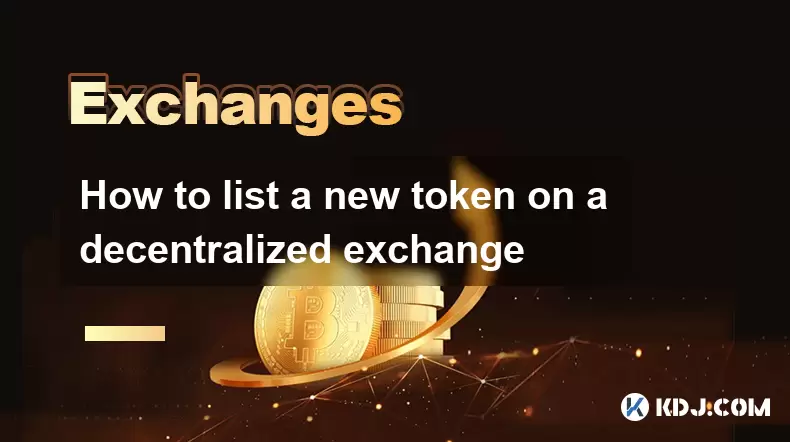
Understanding the Basics of Decentralized Exchanges (DEXs)
Before listing a new token on a decentralized exchange (DEX), it's essential to understand how DEXs operate. Unlike centralized exchanges, DEXs do not hold user funds or manage order books in a traditional sense. Instead, they rely on smart contracts and automated market maker (AMM) models to facilitate trades. Platforms like Uniswap, SushiSwap, and PancakeSwap use liquidity pools where users contribute token pairs to enable trading. To list a token, you don’t submit an application to a central authority. Instead, you deploy your token and create a liquidity pool. The process is permissionless, meaning anyone can list a token as long as they follow the blockchain and DEX protocol rules.
Preparing Your Token for Listing
To list your token, it must first be properly deployed on a compatible blockchain. Most DEXs operate on Ethereum, Binance Smart Chain (BSC), or other EVM-compatible chains. Ensure your token is built using a standard like ERC-20 (for Ethereum) or BEP-20 (for BSC). The smart contract must be thoroughly audited for security vulnerabilities. Deploy the token using tools like Remix IDE or Hardhat, and verify the contract on platforms like Etherscan or BscScan. Once deployed, keep the contract address, token symbol, decimals, and total supply ready. These details will be required when adding liquidity and promoting the token.
Connecting to a DEX via Wallet Integration
To interact with a DEX, you need a Web3-enabled wallet such as MetaMask, Trust Wallet, or WalletConnect-compatible apps. Install the wallet browser extension or mobile app. Configure it to connect to the correct network—Ethereum Mainnet, BSC Mainnet, or another relevant chain. Import your private key or seed phrase if needed. Once set up, visit the DEX’s official website (e.g., app.uniswap.org or pancakeswap.finance). Click “Connect Wallet” and select your wallet provider. Confirm the connection in the wallet popup. This grants the DEX interface permission to read your balance and request transaction approvals. Never connect to unofficial or cloned DEX sites to avoid phishing attacks.
Creating a Liquidity Pool
The core step in listing a token is creating a liquidity pool. Navigate to the “Pool” or “Liquidity” section of the DEX. Select “Add Liquidity” and enter your token’s contract address. The interface should auto-detect the token symbol and decimals. Specify the amount of your token you want to add. You must pair it with a major cryptocurrency like ETH, BNB, or USDT. Enter the equivalent amount of the paired token. The DEX will display the price ratio and pool share you’ll receive. Before proceeding:
- Approve the token for use by the DEX’s router contract
- Sign and pay the gas fee for the approval transaction
- After approval, confirm the liquidity addition
- Sign the second transaction to deposit both tokens into the pool
Once confirmed, the liquidity pool is live, and your token becomes tradable. The initial price is determined by the ratio of tokens deposited.
Verifying and Promoting Your Listing
After liquidity is added, verify that your pool appears on the DEX’s interface. Search for your token using the contract address in the swap field. Ensure the correct symbol, price, and liquidity amount are displayed. Share the direct pool link or token contract address with your community. Submit your token to blockchain explorers for labeling—this increases trust. Consider adding token metadata (name, symbol, logo) to services like CoinMarketCap, CoinGecko, or Dextools for better visibility. Beware of scams: never share your private key, and double-check all transaction details before signing. If the pool lacks sufficient liquidity, trades may suffer from high slippage, so consider incentivizing additional liquidity providers through rewards or staking programs.
Managing Post-Listing Activities
Once listed, ongoing management is crucial. Monitor the pool for impermanent loss and trading volume. Use analytics tools like Dune Analytics or Uniswap Info to track performance. If needed, you can add more liquidity or remove existing liquidity through the same DEX interface. Removing liquidity returns your share of both tokens based on your pool ownership percentage. Be aware that withdrawing liquidity may trigger taxes depending on your jurisdiction. To maintain price stability, avoid large dumps of your token into the pool. Consider implementing vesting schedules or lock contracts for team and investor tokens to prevent sudden sell-offs.
Frequently Asked Questions
Can I list a token on Uniswap without creating liquidity?
No. A token cannot be traded on Uniswap unless a liquidity pool is created. Simply deploying a token contract does not make it available for trading. Users need liquidity to swap tokens, so without a pool, there is no market.
What happens if I enter the wrong contract address when adding liquidity?
Entering an incorrect contract address may result in funds being sent to a non-existent or wrong token. Transactions on blockchains are irreversible. Always double-check the address and test with a small amount first. Use verified addresses from Etherscan or similar platforms.
Is it possible to change the token price after listing?
The price is determined by the ratio of tokens in the liquidity pool. To change the price, you must adjust the balance—adding more of one token versus the other. For example, adding more of your token without adding the paired token will lower its price. This can be done by adding or removing liquidity strategically.
Do I need to pay a listing fee to the DEX?
DEXs like Uniswap and PancakeSwap do not charge listing fees. However, you must pay network gas fees for deploying the token and creating the liquidity pool. These fees vary based on network congestion and are paid to miners or validators, not the DEX platform.
Disclaimer:info@kdj.com
The information provided is not trading advice. kdj.com does not assume any responsibility for any investments made based on the information provided in this article. Cryptocurrencies are highly volatile and it is highly recommended that you invest with caution after thorough research!
If you believe that the content used on this website infringes your copyright, please contact us immediately (info@kdj.com) and we will delete it promptly.
- Pi Coin's dApp and AI Potential: Building a Decentralized Future
- 2025-08-08 02:30:12
- Ruvi AI Takes the Lead: Outshining Dogecoin on CoinMarketCap
- 2025-08-08 02:50:12
- Cryptos Under $1: Is Ripple Still the King?
- 2025-08-08 03:50:12
- Cold Wallet, Bonk Price, ICP Price: Navigating the Crypto Landscape in 2025
- 2025-08-08 03:56:12
- Memecoins, Low-Cap Gems, and the Hunt for 10,000x Gains: What's Next?
- 2025-08-08 02:50:12
- Bitcoin, Greenidge, and Liquidity: Navigating the Crypto Currents in NYC
- 2025-08-08 02:30:12
Related knowledge

How to deposit USD on Bitstamp
Aug 07,2025 at 05:18pm
Understanding Bitstamp and USD DepositsBitstamp is one of the longest-standing cryptocurrency exchanges in the industry, offering users the ability to...

How to find my transaction ID on Gemini
Aug 08,2025 at 12:50am
Understanding the Transaction ID in Cryptocurrency ExchangesA transaction ID (TXID) is a unique alphanumeric string that identifies a specific transfe...
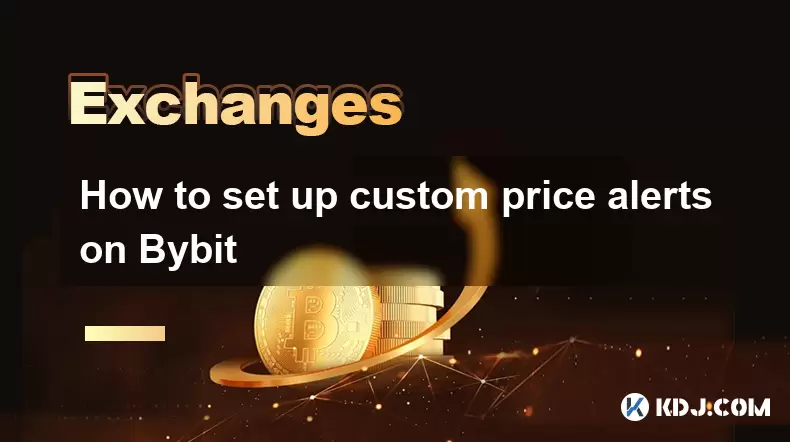
How to set up custom price alerts on Bybit
Aug 07,2025 at 04:31pm
Understanding Price Alerts on BybitPrice alerts on Bybit are essential tools for traders who want to stay informed about significant price movements i...
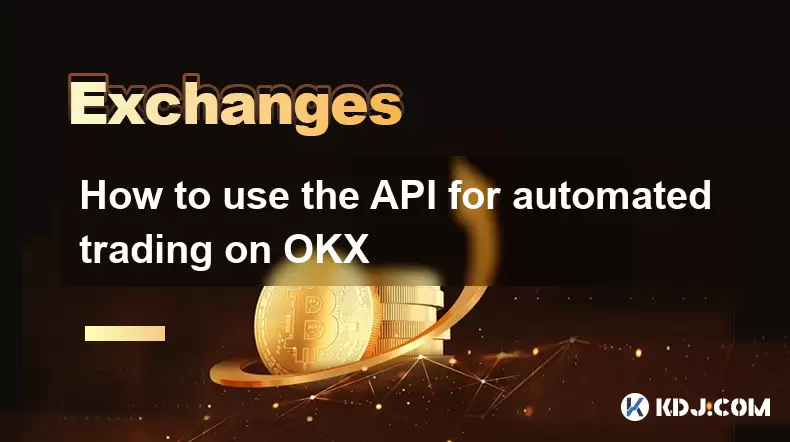
How to use the API for automated trading on OKX
Aug 07,2025 at 05:21pm
Understanding the OKX API for Automated TradingThe OKX API provides a powerful interface for users to automate their trading strategies, access real-t...
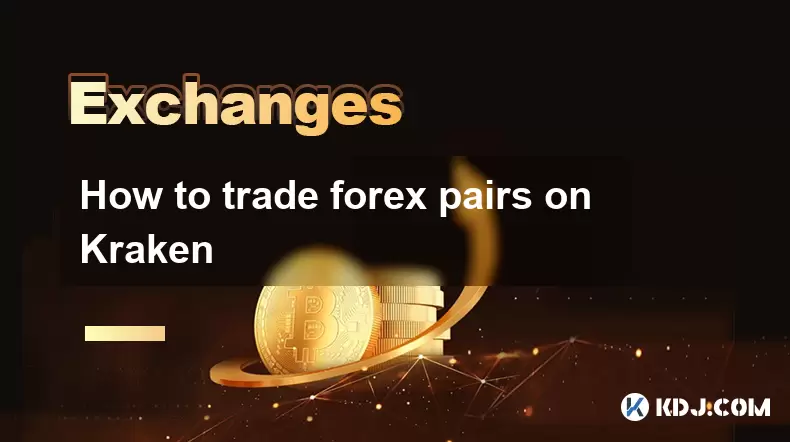
How to trade forex pairs on Kraken
Aug 07,2025 at 11:49pm
Understanding Forex Pairs on KrakenKraken is primarily known as a cryptocurrency exchange, but it also supports select forex pairs through its Kraken ...
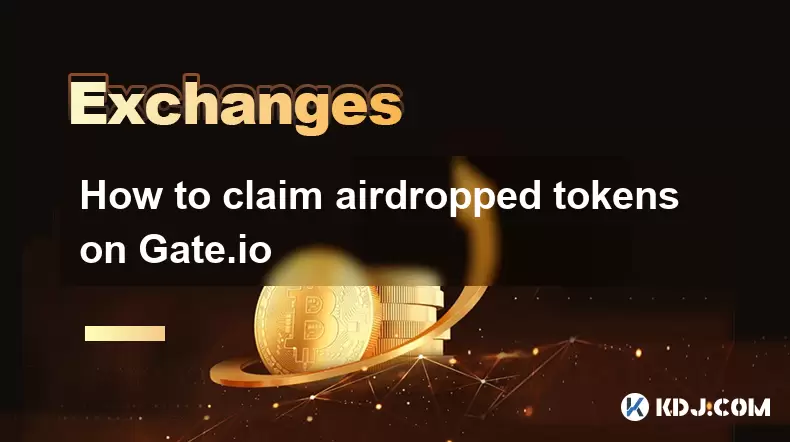
How to claim airdropped tokens on Gate.io
Aug 07,2025 at 04:01pm
Understanding Airdropped Tokens on Gate.ioAirdropped tokens are digital assets distributed for free by blockchain projects to promote awareness, incen...

How to deposit USD on Bitstamp
Aug 07,2025 at 05:18pm
Understanding Bitstamp and USD DepositsBitstamp is one of the longest-standing cryptocurrency exchanges in the industry, offering users the ability to...

How to find my transaction ID on Gemini
Aug 08,2025 at 12:50am
Understanding the Transaction ID in Cryptocurrency ExchangesA transaction ID (TXID) is a unique alphanumeric string that identifies a specific transfe...

How to set up custom price alerts on Bybit
Aug 07,2025 at 04:31pm
Understanding Price Alerts on BybitPrice alerts on Bybit are essential tools for traders who want to stay informed about significant price movements i...

How to use the API for automated trading on OKX
Aug 07,2025 at 05:21pm
Understanding the OKX API for Automated TradingThe OKX API provides a powerful interface for users to automate their trading strategies, access real-t...

How to trade forex pairs on Kraken
Aug 07,2025 at 11:49pm
Understanding Forex Pairs on KrakenKraken is primarily known as a cryptocurrency exchange, but it also supports select forex pairs through its Kraken ...

How to claim airdropped tokens on Gate.io
Aug 07,2025 at 04:01pm
Understanding Airdropped Tokens on Gate.ioAirdropped tokens are digital assets distributed for free by blockchain projects to promote awareness, incen...
See all articles

























































































